Flexis promises smart electric vans with 450 km of range
Flexis was founded last year with the promise of creating a new generation of innovative electric vans. The shareholders are Renault, the Volvo Group (not to be confused with Volvo Cars) and CMA CGM, with the two manufacturers holding 90 per cent of the joint venture. Production of the Flexis vans will start in 2026 at a Renault plant in Normandy. This week, the joint venture provided an interim status report on the development and preparation process for the first time. According to the report, 350 million euros have been invested in Flexis’ research and development to date. The main focus is on the EV-only skateboard platform, which houses all the drive components. Although the joint venture is still holding back on technical data, Flexis highlights some previously unknown features. These include a range of up to 450 kilometres.
Furthermore, there will initially be three model types based on the electric skateboard: the Step-in Van, the Panel Van and the Cargo Van. As the name suggests, the Step-in Van is characterised by the fact that, at 1.9 metres, the interior loading space is high enough for employees to stand in. The pictures provided show that the vehicle is significantly higher than wide. However, Flexis has not yet specified the exact dimensions. Access is via sliding side doors and a rear roller door. The driver can also access the load compartment from the cockpit. Another important point: Flexis refers to a medium-sized van, which usually means it is in the 2.8-tonne weight class.
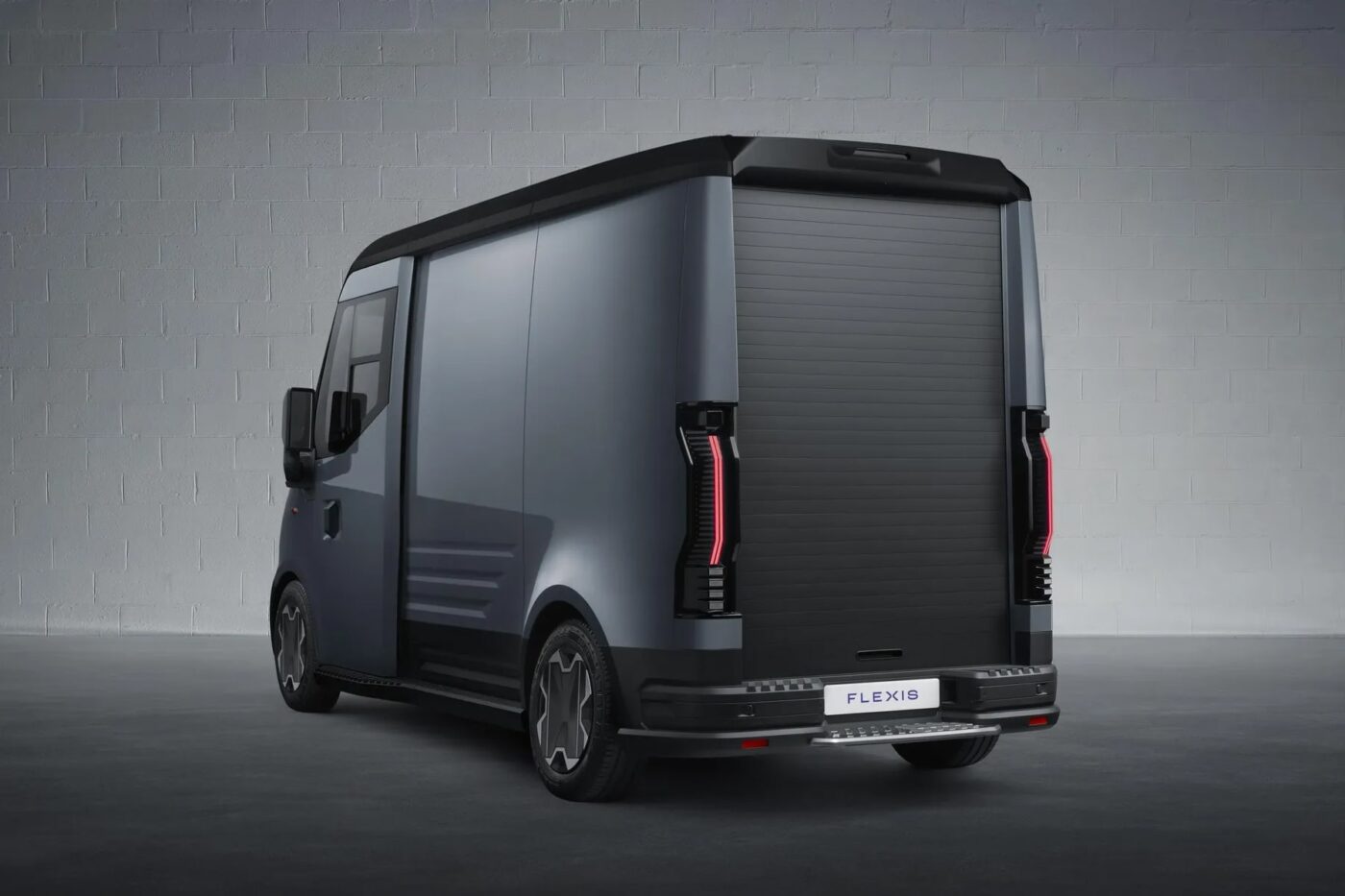
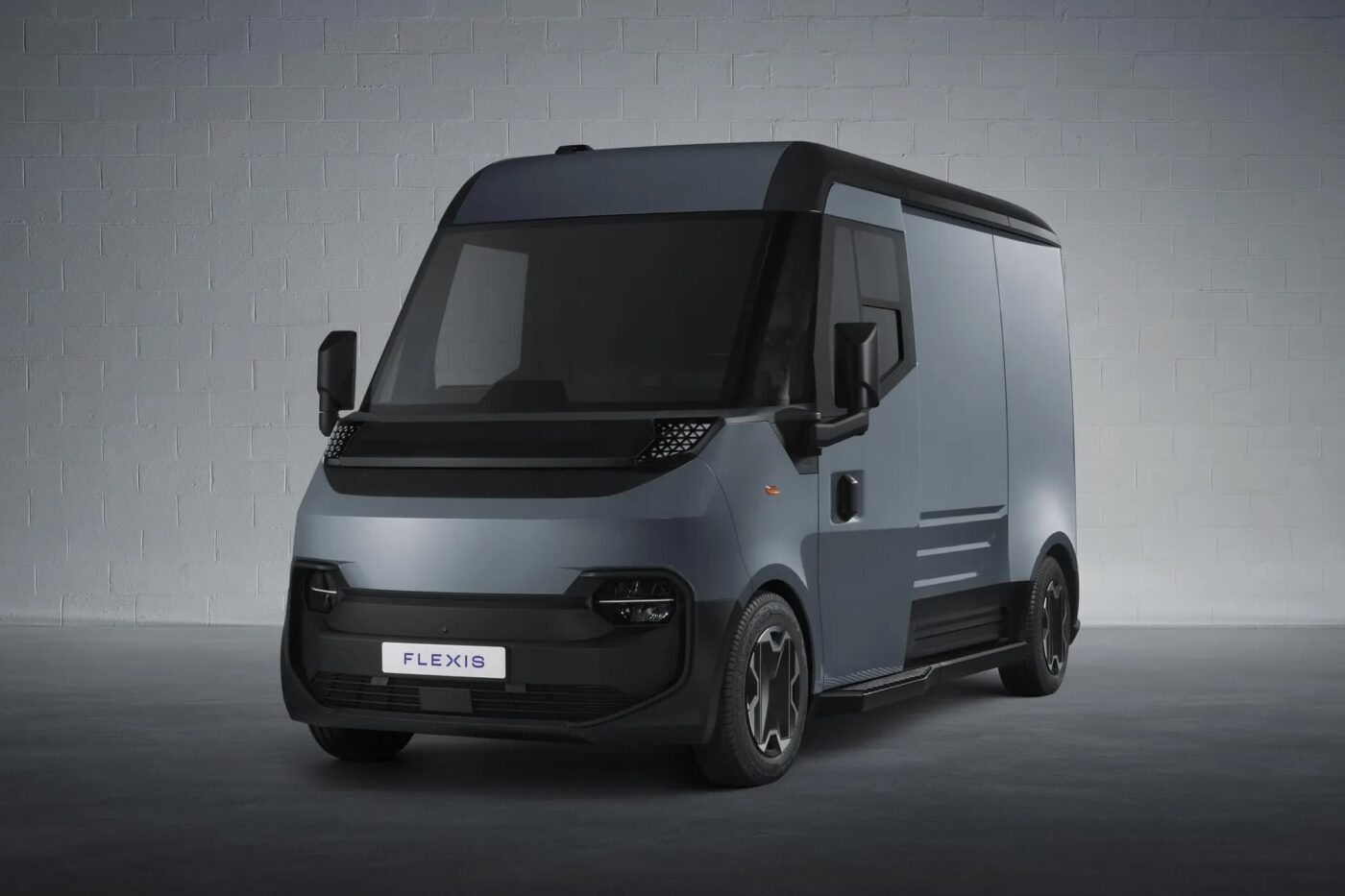
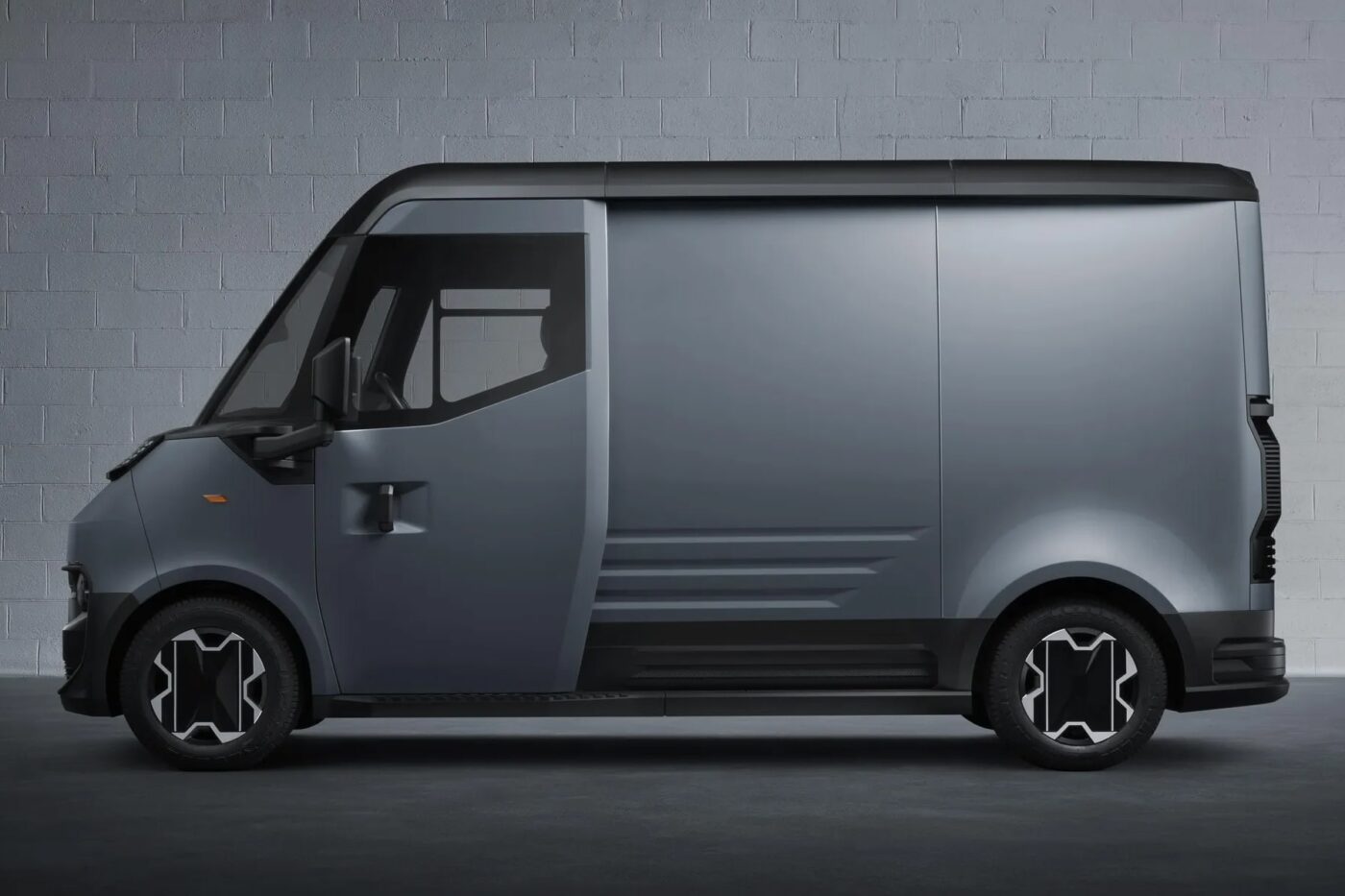
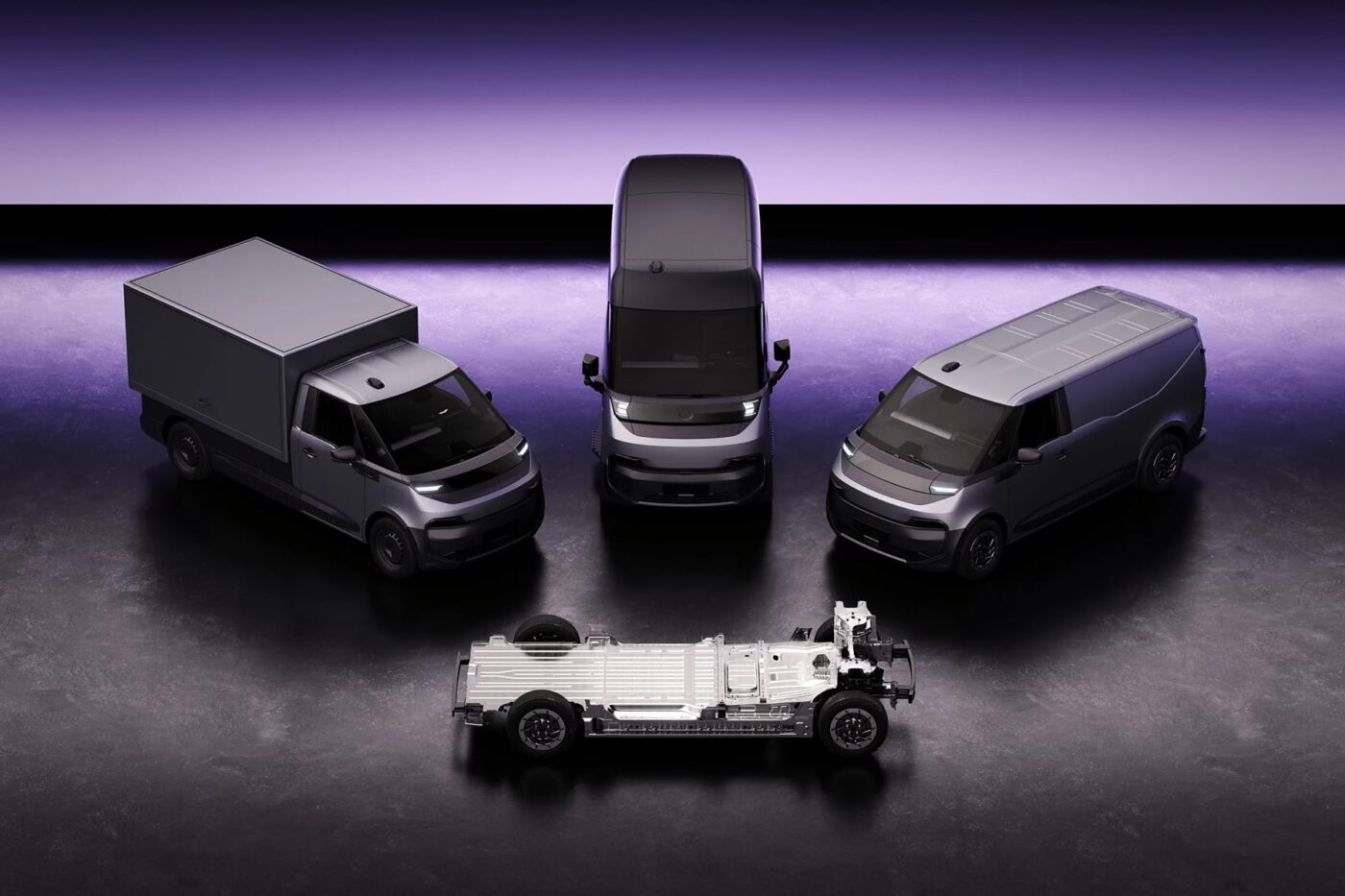
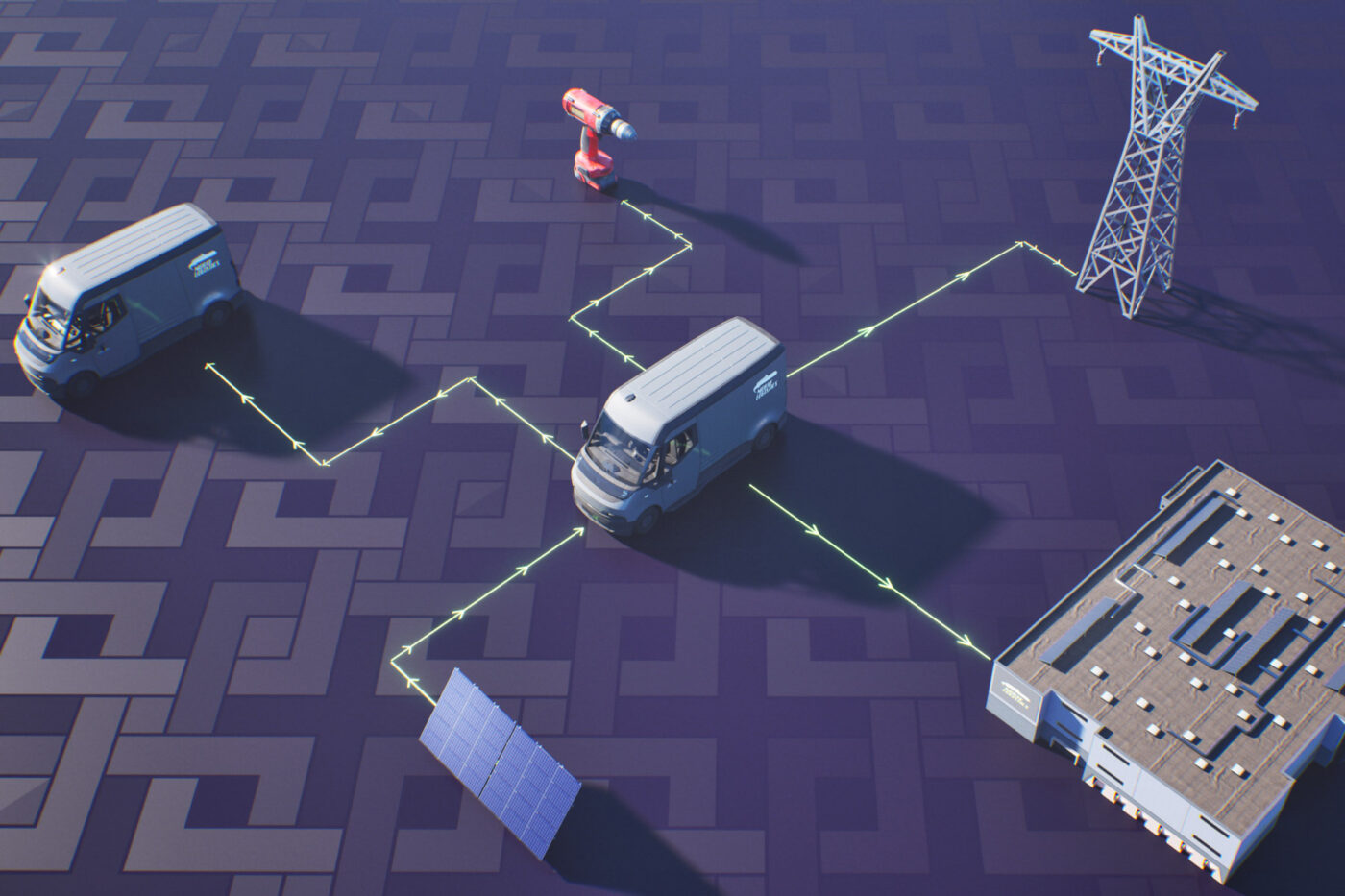
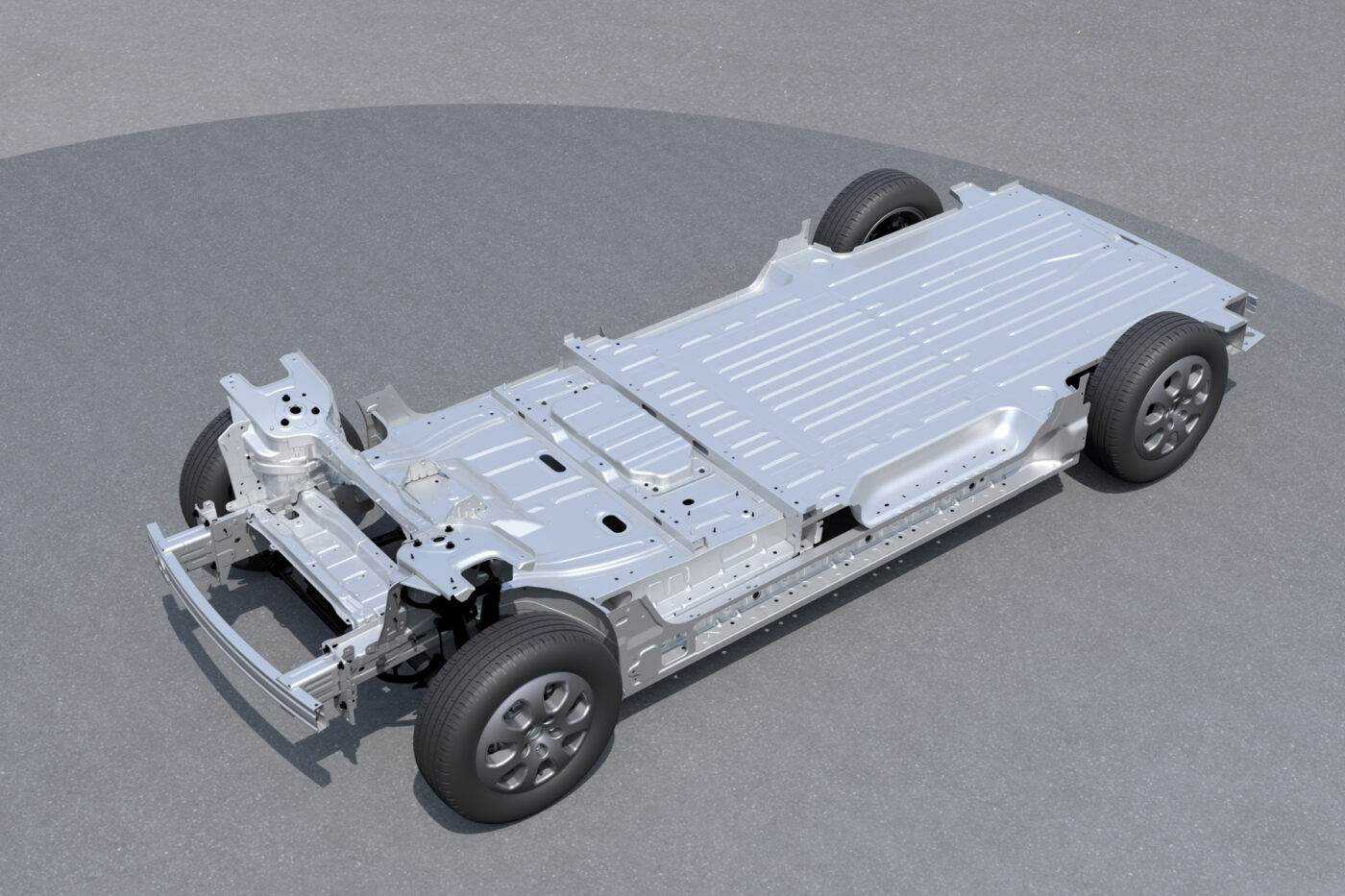
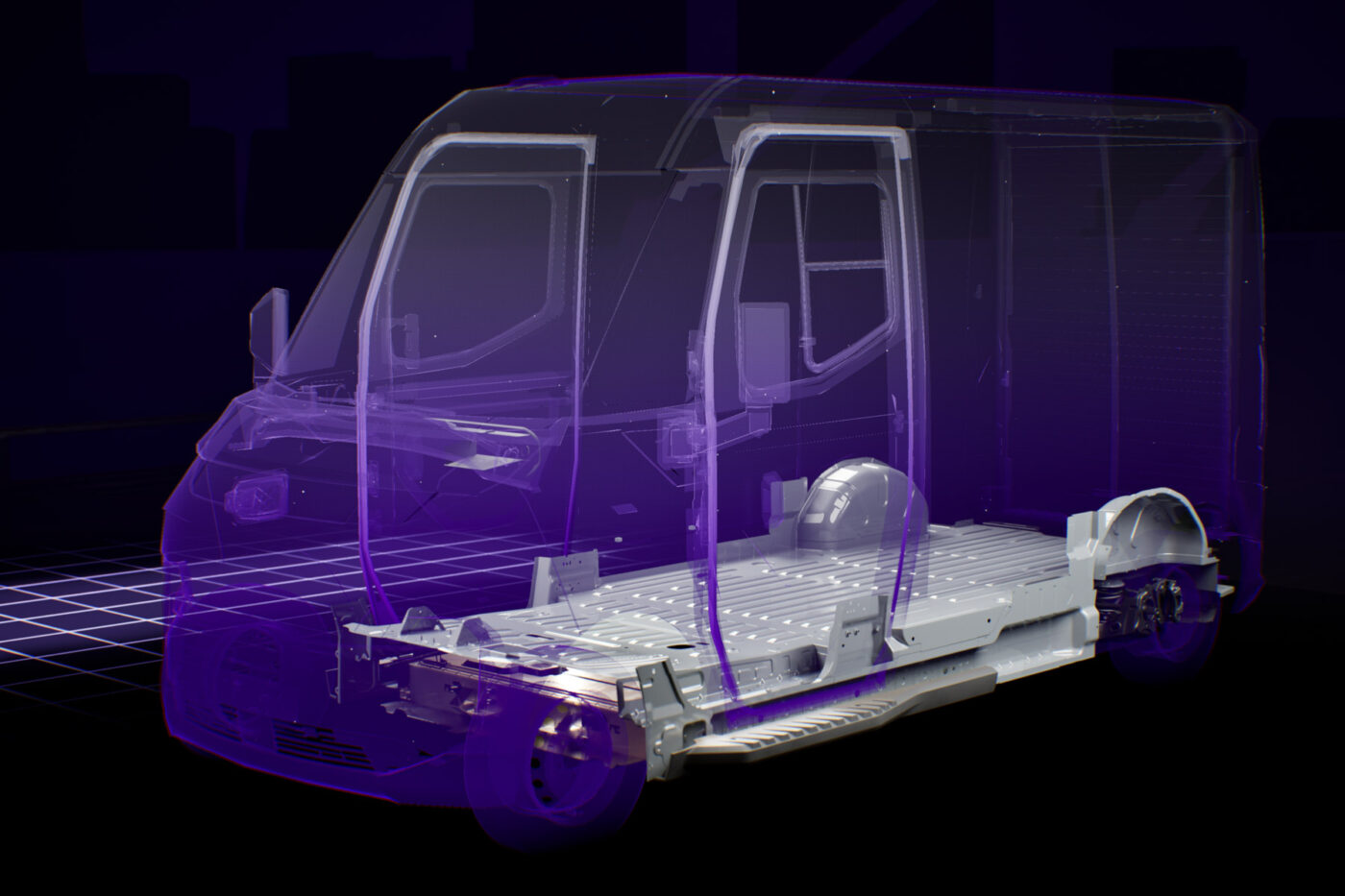
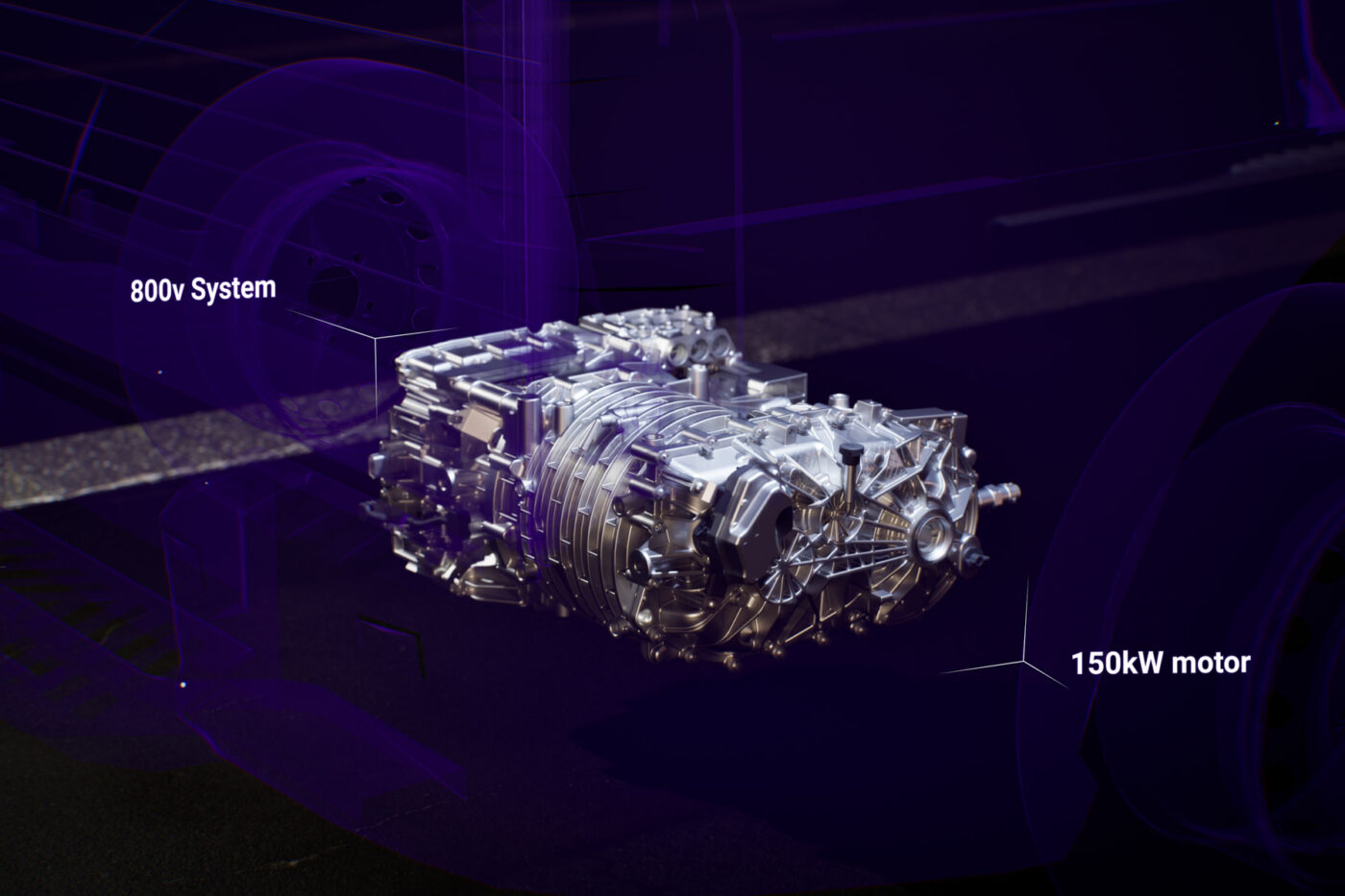
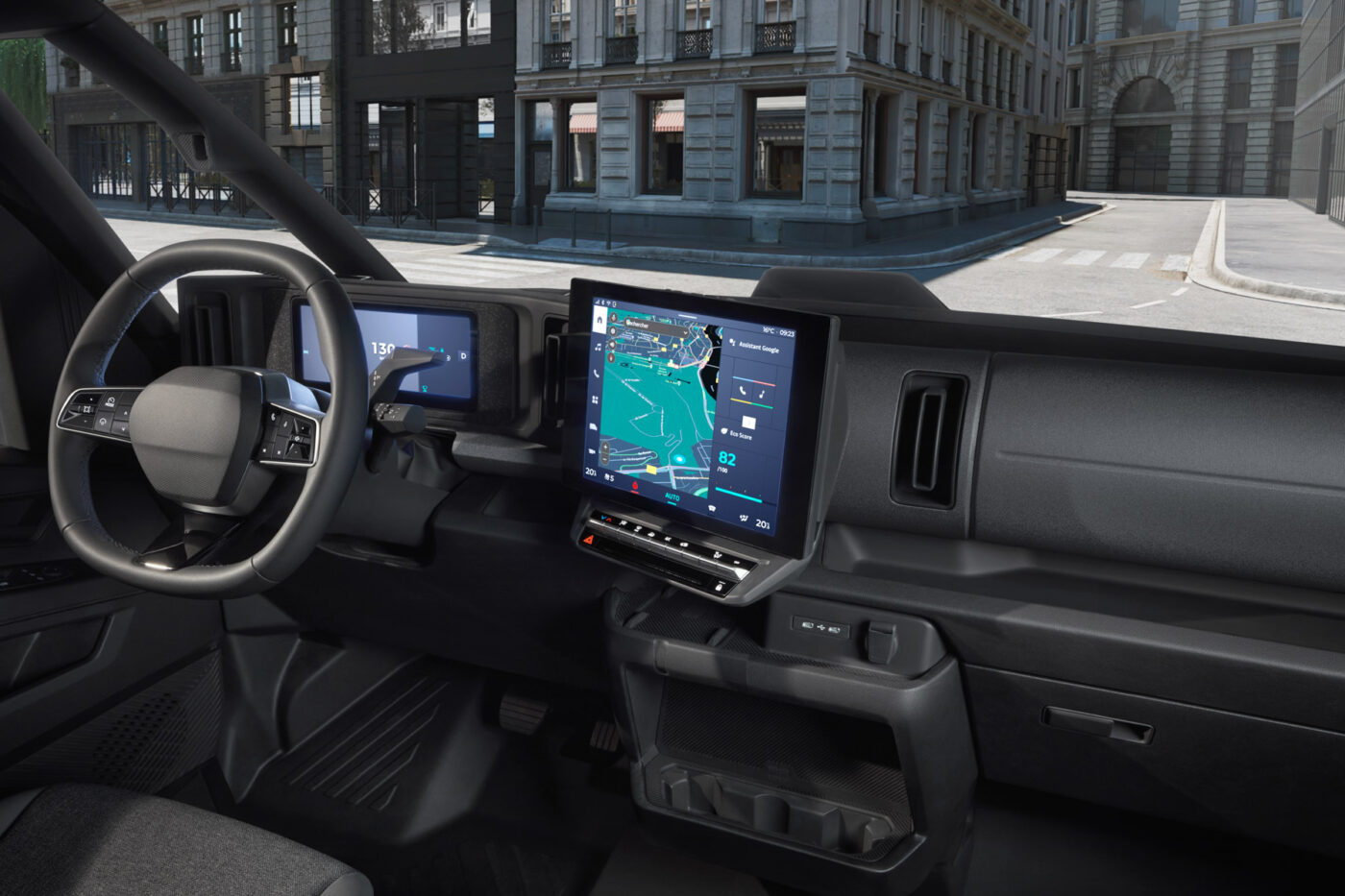
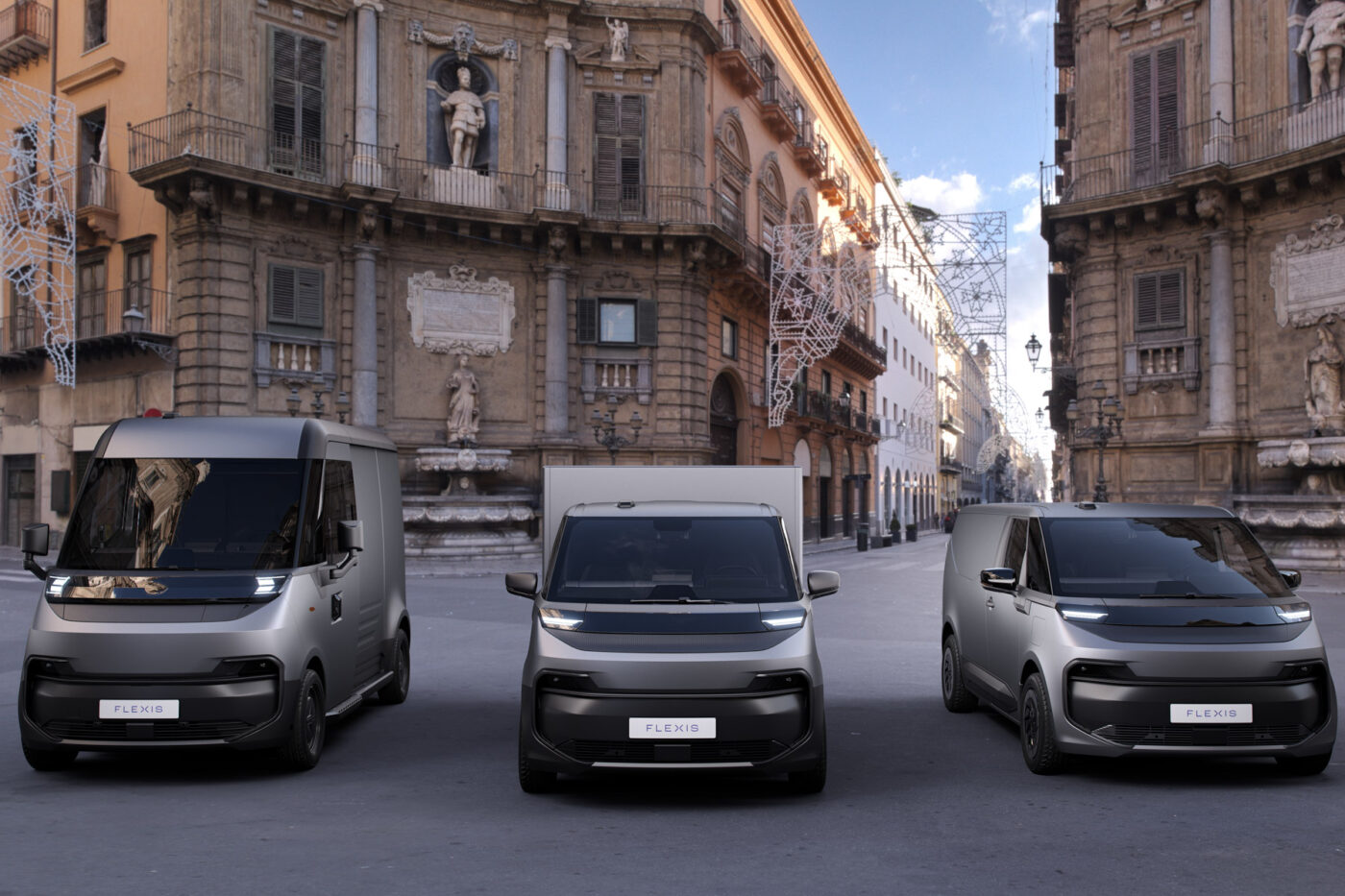
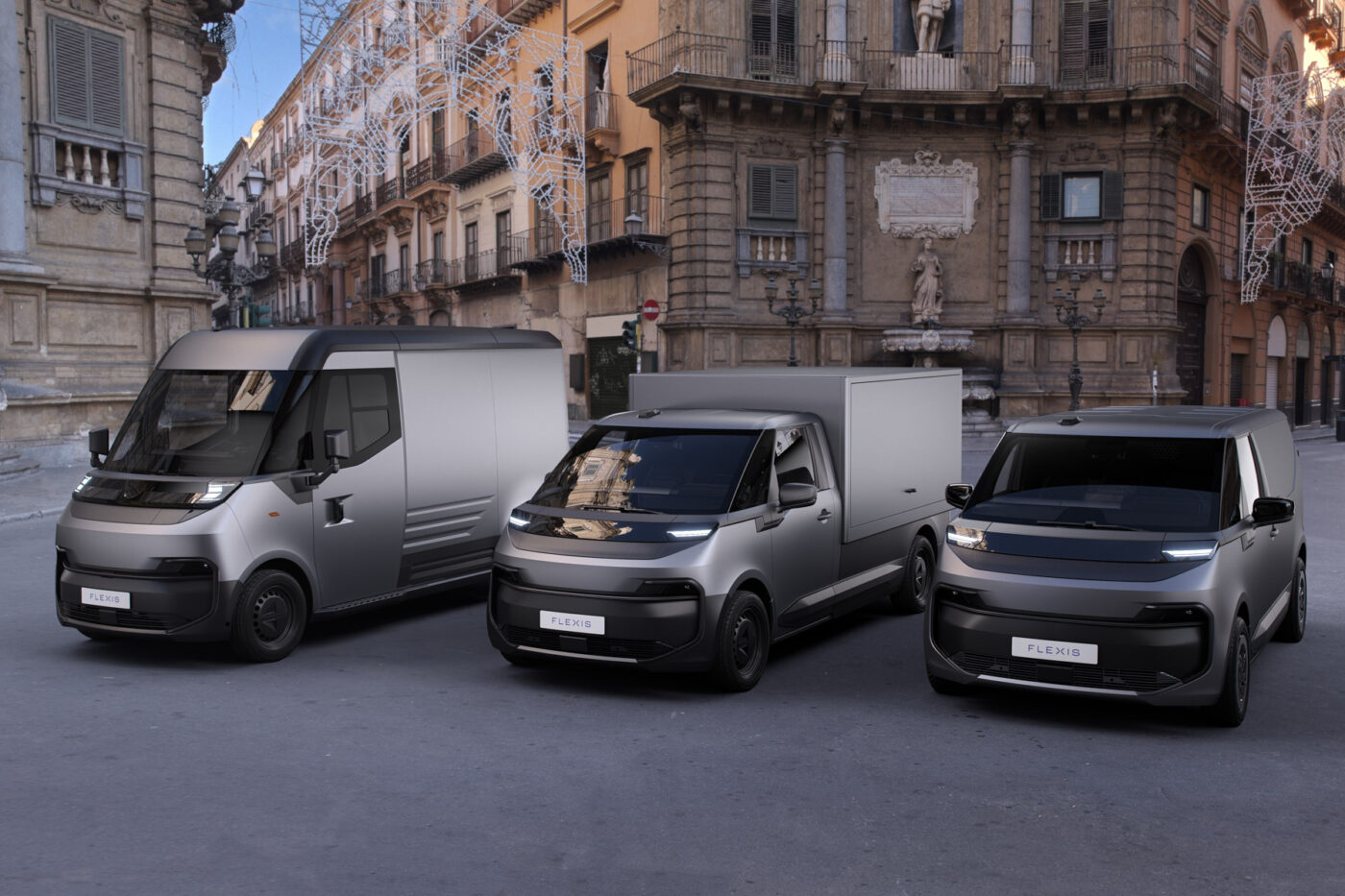
However, one of the few key figures Flexis currently provides is that its vans are “300 kg lighter” than similar vehicles that have been electrified on existing combustion engine platforms. Such models include Ford’s E-Transit Custom or the electric-powered Stellantis vans. Flexis does not provide a specific value for the vehicle length either but compares it to the competition: it is “25 centimetres shorter than traditional light commercial vehicles,” and the turning circle is 10.3 metres.
That turning circle is likely to be a feature of the so-called Panel Van in particular. Flexis describes this variant as especially suitable for urban areas and manoeuvrable. Here, the height of the entire vehicle is 1.90 metres, “enabling it to enter underground city parking and garages easily.” Flexis does not specify the load volume of any of its three models. Visually, the vehicle looks like a futuristic relative of the typical VW Transporter.

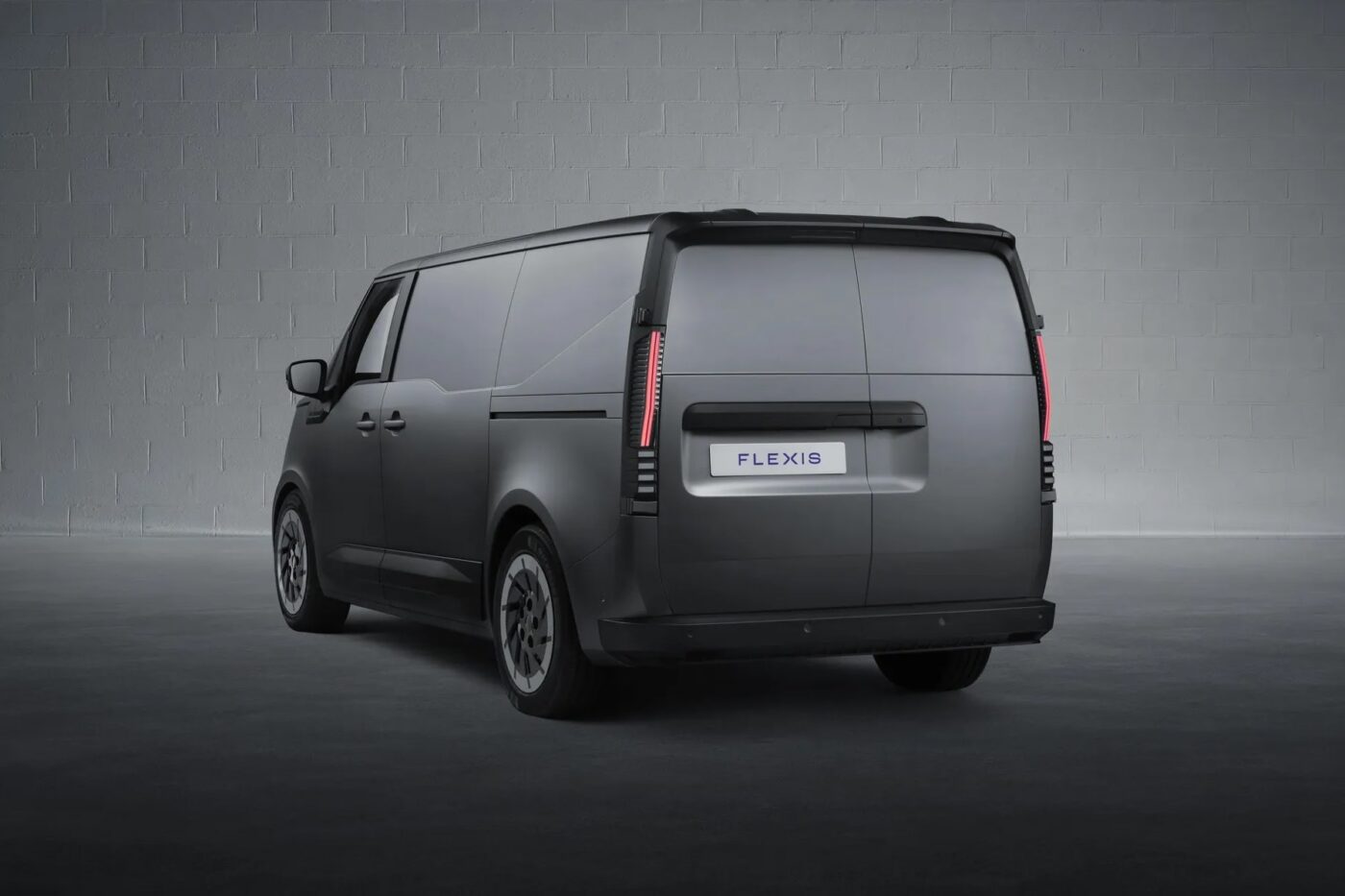

Third in the group is the Cargo Van, specially designed for urban delivery over the last mile. Among other things, it features a customisable box that can integrate different widths, heights and loading areas, as well as modular solutions such as refrigerated areas.

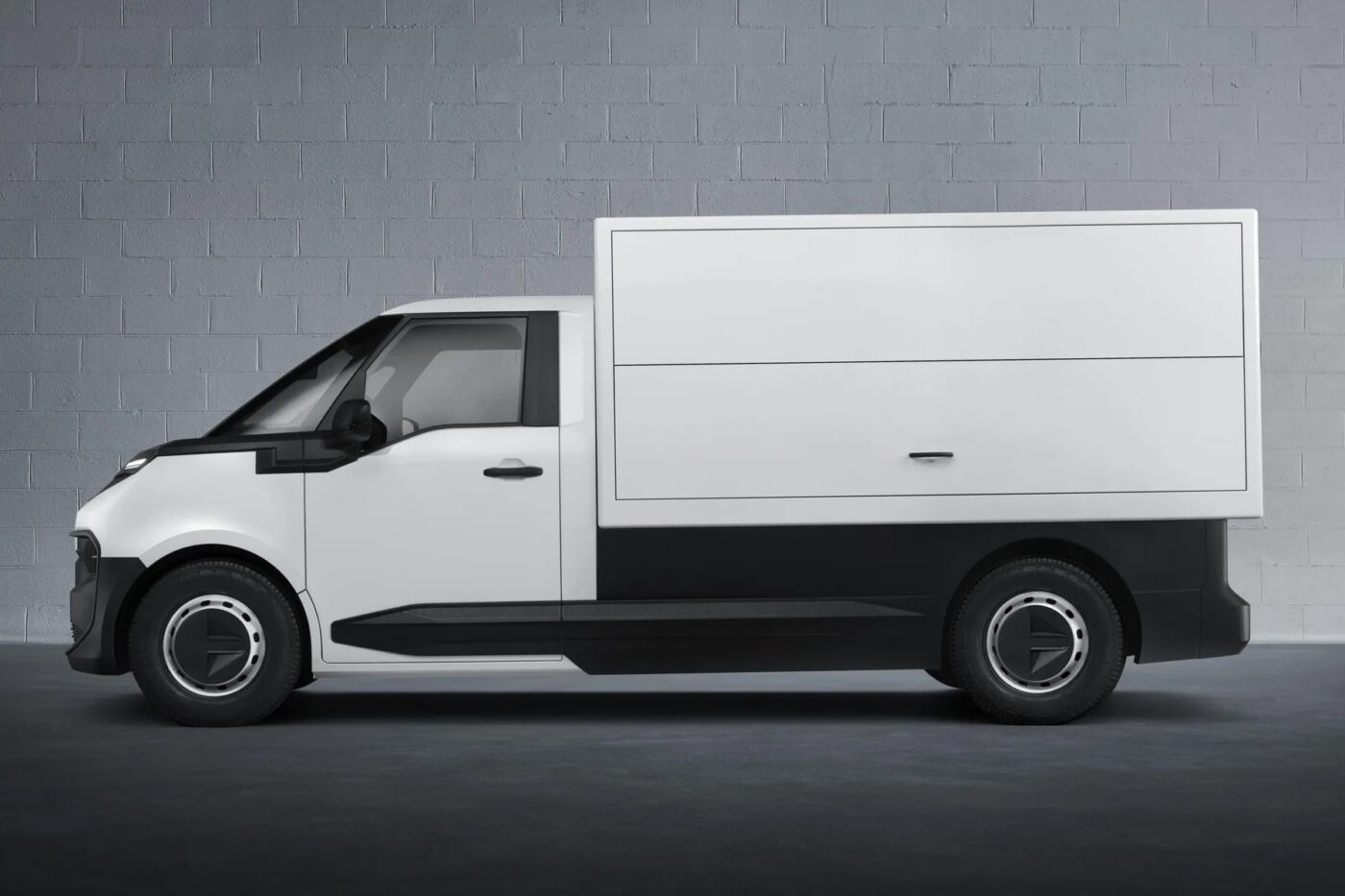
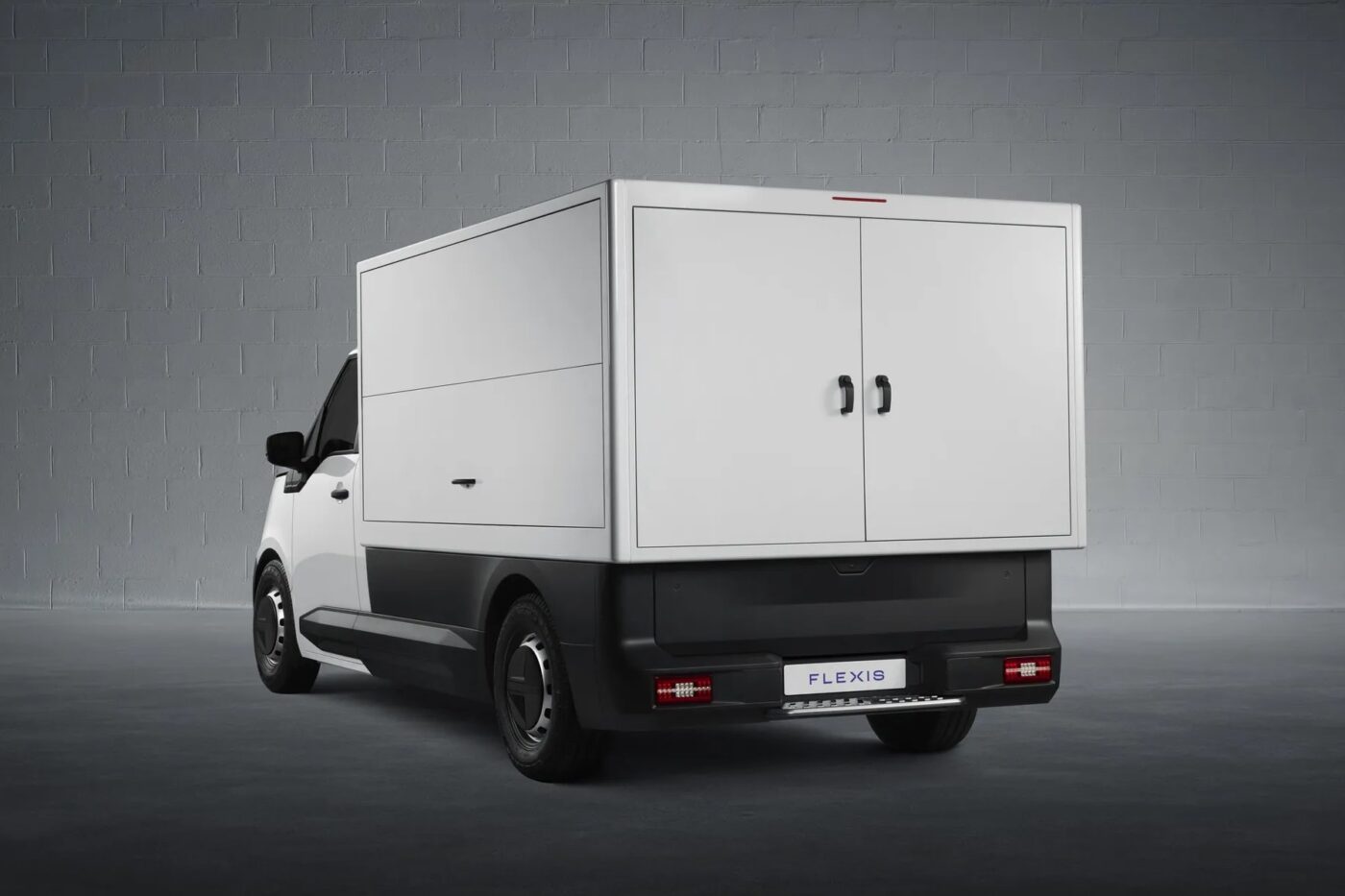
Flexis is still very vague about the electric drive itself. What is clear is that there will probably be different battery options and power levels. A sketch in the press kit indicates that the electric motor has been moved far to the rear. The positioning of the unit is said to be due to an innovative rear axle design. A photo of the motor supplied also shows “150 kW” – indicating the power output.
The skateboard platform is characterised by its flat design – with a battery installed horizontally in the underbody. It has been known for some time that the system voltage will be 800 volts, which should result in fast charging times, among other things. Flexis states that the battery can be charged “80% in less than 20 minutes.” In addition, the WLTP range of 450 kilometres makes people sit up and take notice. This value would place Flexis very high up in the field of medium-sized vans.
The logistics sector has already signalled its interest. Flexis says it has signed ten letters of intent with logistics providers in France, the UK and Germany with “a potential demand of 15,000 vehicles in the next 3 years.” The providers mentioned by name include Colis Privé from France, HIVED from the UK and DB Schenker from Germany. All three are not only potential customers but, according to Flexis, have been contributing input for some time to optimise the vehicles to the operational requirements of industry players while they are still in the development phase.
Not only do the structure and efficiency of the vans play an important role here, but the integrated software solutions and digital services do, too. Flexis wants to score points with “a fully connected van platform that combines cutting-edge technology with adaptable fleet management solutions.” The underlying E/E architecture comes from Renault subsidiary Ampere. Among other things, customers will be able to access a central digital platform (‘FlexE Connect’) and the services of a customer operations centre. Flexis also relies on the Renault and Volvo Group networks for service.
A parent company will also pave the way for future sales: Flexis will sell its vehicles directly to logistics providers and fleet managers and supply them to the Renault Group and Renault Trucks, “who will distribute them under their own brands in their sales networks.” Until then, the company is currently testing “20 representative prototypes.”
Philippe Divry, CEO of Flexis, is convinced that the vehicles will strike a chord with the industry: “Our mission at Flexis is to support and accelerate the electrification of the urban logistics industry, which is looking to operate more sustainably, improve profitability and improve the operations security and safety for drivers in a sector that continues to grow,” he says. “Since the creation of Flexis, we have worked with customers and logistics players to co-create the services to meet operational needs and improve the B2B offer on the market with a solution that is 100% electric, 100% connected, 100% customisable and 100 % designed for cities.”
With regard to the level of connectivity of the van, Pierre Sirolli, Head of Flexis Services and Solutions, says: “Through the data connectivity of the Flexis vehicles and a team of experts, we offer personalised recommendations to improve our clients’ overall operations, offering solutions like delivery route optimisation, significantly reducing vehicle breakdowns through preventive and predictive maintenance, securing the charging of the vehicles and with uninterrupted advisory support we create and implement actions to resolve any setbacks.
It has been known that the Flexis electric vans will be built at the Sandouville plant in Normandy from 2026, where the Renault Trafic and its electric version are already assembled. With the Flexis vans, the three partners want to combine their respective strengths. Renault is leading the way with its expertise in electric vehicles and software, as well as the production of Light Commercial Vehicles (LCV). The Volvo Group will contribute transport solutions with expertise in customised services, uptime and productivity. At the same time, CMA CGM will provide logistics expertise, particularly for the automotive industry and the decarbonisation of supply chains.
Update 11 February 2025
Renault is now also revealing the model names for the three recently announced Flexis electric vans, which will be built in France from 2026. They are called Estafette, Goelette and Trafic. In other words, the Flexis Trafic delivery van will probably replace the electric version of the well-known Renault Trafic 1:1.
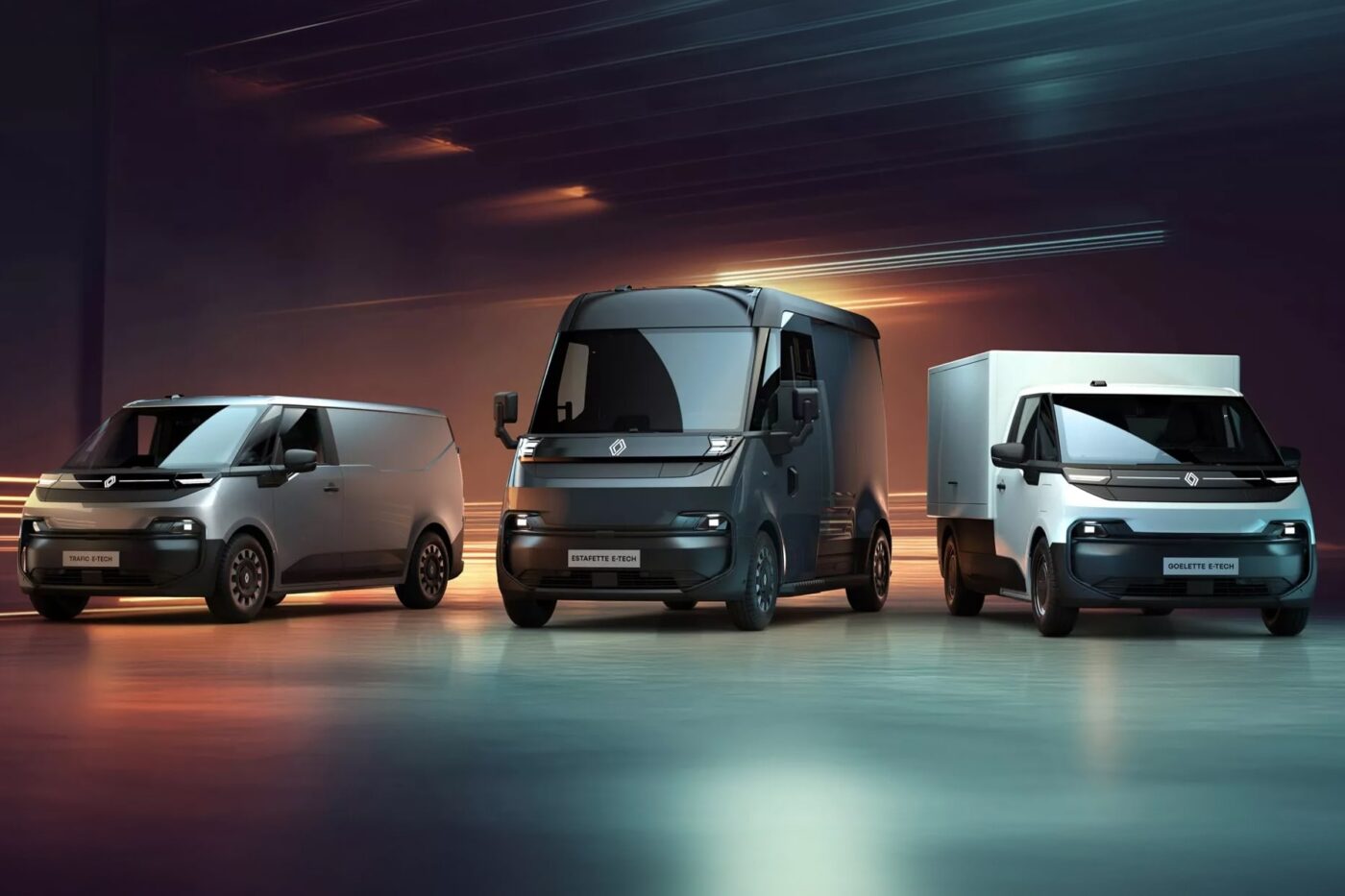
The Goelette E-Tech Electric is the above-mentioned cargo van with a customisable box. The Renault Goelette van, which was primarily aimed at small businesses, was launched back in 1956. “Designed to meet a wide range of needs, Goelette E-Tech electric is available in three versions: chassis cab, box and tipper, paving the way for a wide choice of conversions,” Renault now writes.
The Estafette E-Tech Electric also has a historical model from the 1960s – only “tailored to the demands of modern urban logistics.” With a similar length and width to the Trafic, the Estafette should get through city traffic well. However, the height of 2.60 metres should not only allow people up to 1.90 metres tall to stand upright in the cargo area, but also offer more storage space.
However, Renault is still not providing any further details on the platform’s electric drive.
Source: information per e-mail; flexis-mobility.com, renault.com (update)

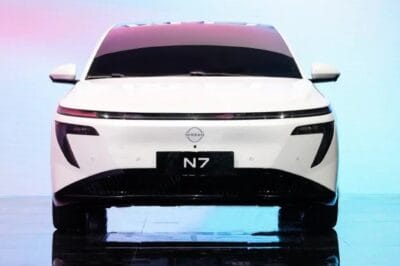

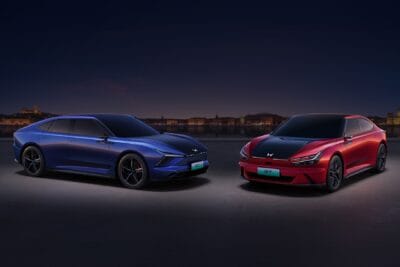
1 Comment